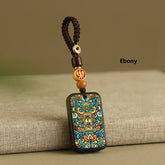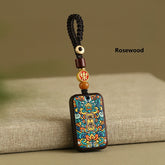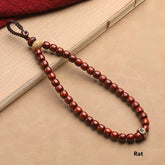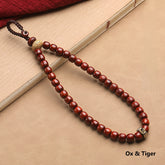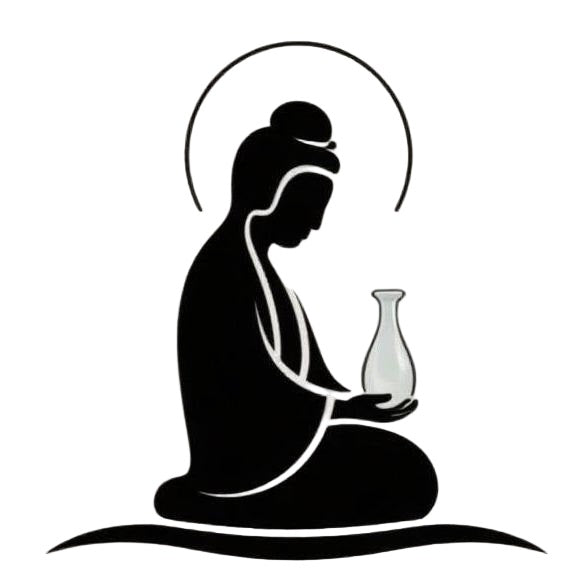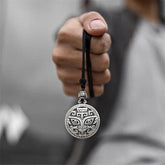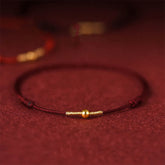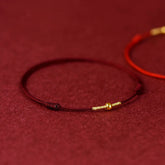Chinese Symbols and Their Profound Meanings: A Cultural Journey Through Love, Peace & Prosperity
Chinese symbols represent one of the world's oldest continuous writing systems, carrying millennia of wisdom in their elegant strokes. These characters are more than linguistic tools - they embody philosophical concepts, natural elements, and cultural values that continue to inspire modern life.
The Timeless Wisdom of Chinese Characters
Chinese symbols have evolved over 3,000 years, with each character telling its own story through:
- Pictographic origins depicting concrete objects
- Ideographic representations of abstract concepts
- Phonetic combinations blending sound and meaning
The most fascinating aspect is how these symbols permeate all aspects of Chinese culture, from art and literature to daily rituals and spiritual practices.
Love Symbols: Expressions of the Heart
Chinese culture celebrates love through several powerful symbols:
1. Mandarin Ducks
- Represent marital harmony and lifelong partnership
- Common motif in wedding decorations
- Symbolize fidelity and romantic devotion
2. Double Happiness (囍)
- The ultimate wedding symbol
- Appears on invitations, gifts, and decorations
- Embodies joy in marital union
3. The Character "爱" (Ài)
- Literally means "love"
- Combines elements representing heart and connection
- Popular in calligraphy and jewelry
Symbols of Peace and Harmony
Chinese philosophy emphasizes balance through these important symbols:
Yin-Yang
- Represents complementary opposites
- Shows interdependence of contrasting forces
- Foundation of Taoist philosophy
Lotus Flower
- Symbolizes purity and enlightenment
- Represents spiritual growth through adversity
- Important in Buddhist traditions
Ping An Kou (Peace Buckle)
- Traditional protective amulet
- Circular shape signifies completeness
- Believed to ward off negative energy
Symbols of Strength and Power
Chinese mythology reveres these potent symbols:
The Dragon
- Imperial symbol of power and good fortune
- Controls water and weather elements
- Represents yang energy and masculine power
The Nine-Tailed Fox
- Embodies transformation and wisdom
- Features in numerous folk tales
- Symbolizes adaptability and cunning
The Tiger
- King of mountain animals
- Represents courage and military might
- Feng Shui protector against evil
Prosperity and Good Fortune Symbols
These symbols attract wealth and abundance:
Pixiu
- Mythical wealth-attracting creature
- Believed to consume gold and silver
- Popular in jewelry and statues
Yuan Bao
- Ancient gold/silver ingot shape
- Represents financial stability
- Common Feng Shui wealth symbol
Chinese Coins
- Round with square holes
- Represent currency and commerce
- Often tied with red ribbons for luck
Incorporating Symbols into Modern Life
These ancient symbols remain relevant today through:
- Home decor and artwork
- Jewelry and personal accessories
- Meditation and spiritual practice
- Feng Shui applications
- Meaningful gift-giving
By understanding these symbols' rich heritage, we can appreciate their enduring wisdom and incorporate their positive energies into contemporary life. Whether displayed in homes, worn as jewelry, or used in meditation, Chinese symbols continue to offer guidance, protection, and inspiration across cultures worldwide.



